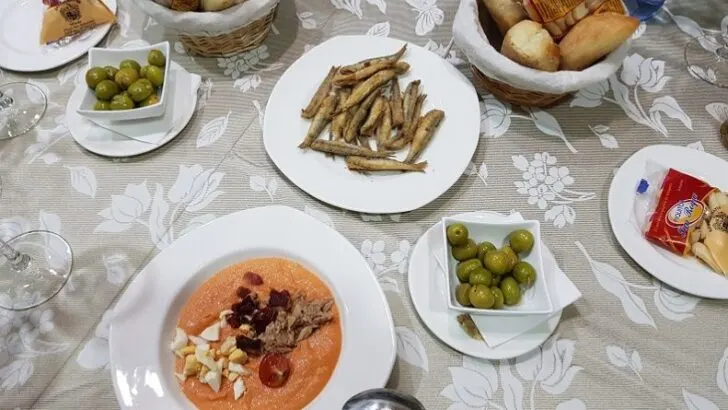Spanish Traditions
Thinking about Spanish traditions, like any other country is the world, you’ll likely have certain expectations. For a destination like Spain, with a deep history and richly established culture, this is going to be particularly true. That doesn’t mean you know what you’re going to get when you visit (in fact often it means the exact opposite!).
But it does mean you may arrive in the country expecting to encounter certain Spanish traditions you may have heard of over the years. Here we’ll get into what some of those elements are, how realistic they are, and what travellers should perhaps expect from them.
Tasting Tapas
There’s a good bet that if you asked 10 international travellers and had each of them name the top element of Spanish culture, tapas would be the most mentioned. Some mistake it for a type of food, when in reality it’s a style of eating – and one that’s now popular around the world, even becoming an American favorite. Calling it “a Spanish version of dim sum is how some may sum up the tapas culture.
The general idea is a lot of small plates and individual bites. Tapas is often confused with raciones. Sharing plates which you should to try it. Particularly if you’re vacationing in the country and want more than small morsels.
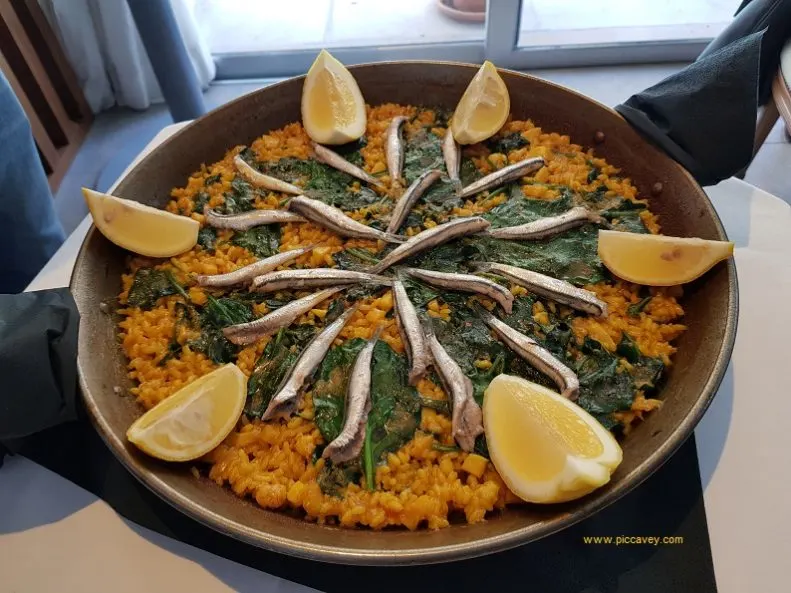
Eating Paella
While tapas is a style of eating. Paella is a specific dish typical around Valencia and the Costa Blanca area. Believed to have originated in the mid-1800s, it’s typically a mixture of rice, vegetables and meat or fish. Prepared in a flat, shallow pan, from which it takes its name. It is a rich meal, and while there is no single flavour that defines all paella. You can typically get it with very fresh seafood (and expert preparation) in Spain.
Recommended for eating at lunchtime. Locals do not eat rice in for dinner and it’s popular on weekends. Usually as a long languorous meal. You should certainly look to try it if you want authentic Spanish cuisine.
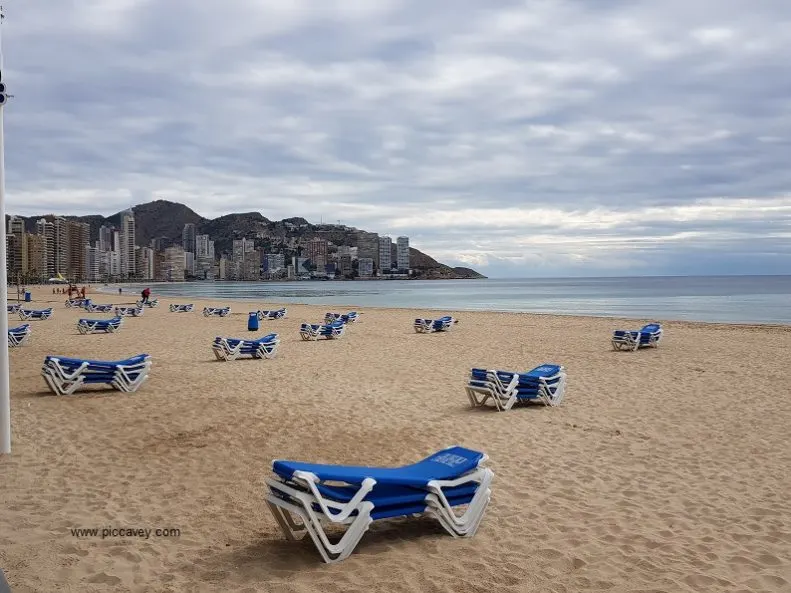
Taking Siestas
Siestas are difficult to evaluate from the outside looking in. By definition, these are afternoon rests or naps long been associated with Spanish culture. And to a lesser extent other cultures influenced by Spain throughout history. An interesting article by BBC rightly pointed out that the concept of siestas leads to unfair stereotypes.
Spanish workers put in more hours than any in Europe, so it’s important not to get the idea that siestas are synonymous with laziness. With that said, siestas do still occur in Spain, particularly in the hotter parts of the country.
Flamenco – Spanish Traditions
Like tapas, flamenco can be misunderstood. It’s not actually a specific dance, but rather a type of music that happens to inspire dance, as well as a particular sort of dress. Even so you’ll hear about the idea of “flamenco dancing” and encounter clubs that are specifically known for flamenco all over Spain. There are actually many different types of flamenco dance within the genre.
It’s something you’ll have to seek out to engage with, perhaps one of the unmissable Spanish traditions to experience. Andalusia is the place where you will come across the most authentic locations to enjoy Flamenco.
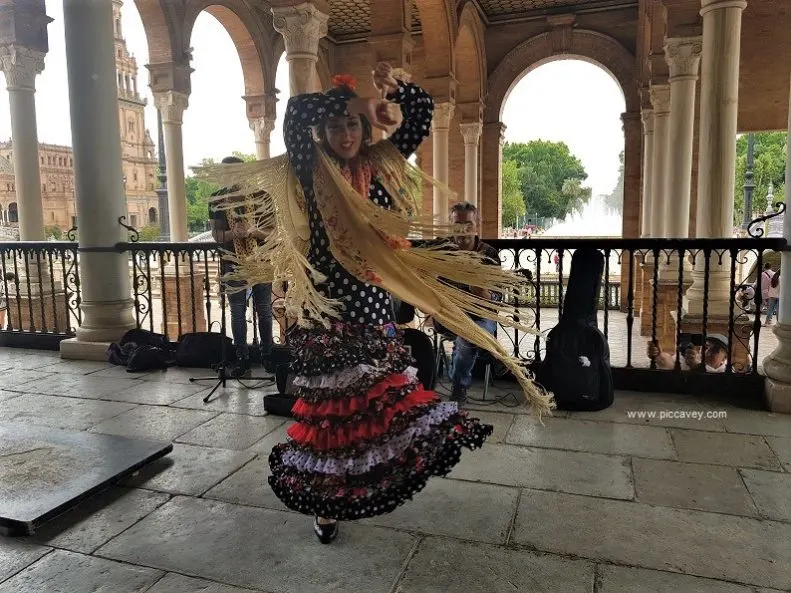
Spanish Traditions – Football
You can easily visit Spain and spend several days there without really interacting with football, or any sports for that matter. You don’t have to participate. Still, Spain is about as passionate as any country in the world about football, and not just at the national level.
La Liga, the top division of professional football within Spain, is an extraordinarily popular league featuring several of the world’s most prominent clubs – such as FC Barcelona, Real Madrid, and Atlético Madrid.
If you want the full spectrum of cultural experiences, find a football bar to watch a La Liga match in or head to the Camp Nou or Bernabeu to experience a live match yourself.
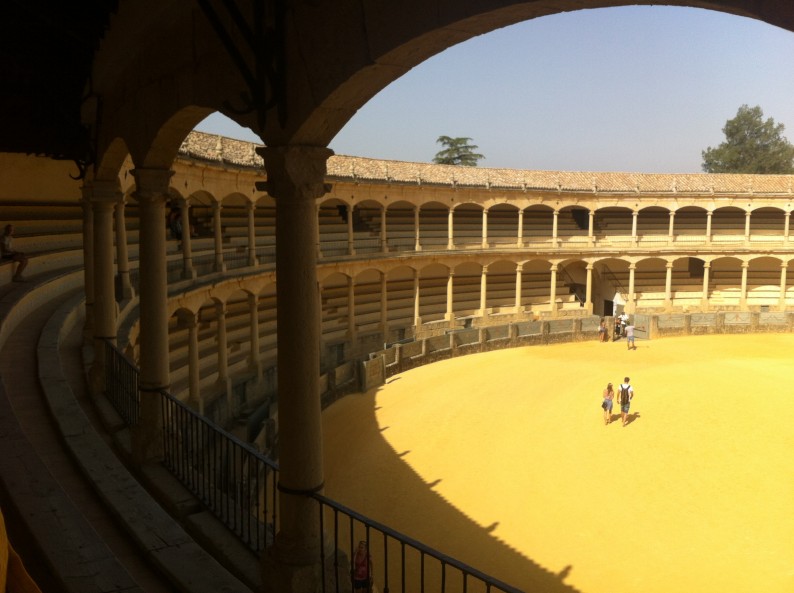 Bullfights & festivals
Bullfights & festivals
Bullfighting and festivals, like the Running of the Bulls in Pamplona are misunderstood Spanish traditions. Often romanticized or trivialized in movies or literature. For example, the bizarre but enjoyable Pierce Brosnan dramedy The Matador, in which the whole concept is a metaphor.
Of course some tourists and locals find the use of animals in Spanish festivals disturbing. Bulls however are an important part of Spanish culture. In fiestas, in the cuisines, rabo de toro (bulls tail) is a very popular dish and even in iconic adverts such as the Toro Osbourne, seen along the side of the road all over Spain.
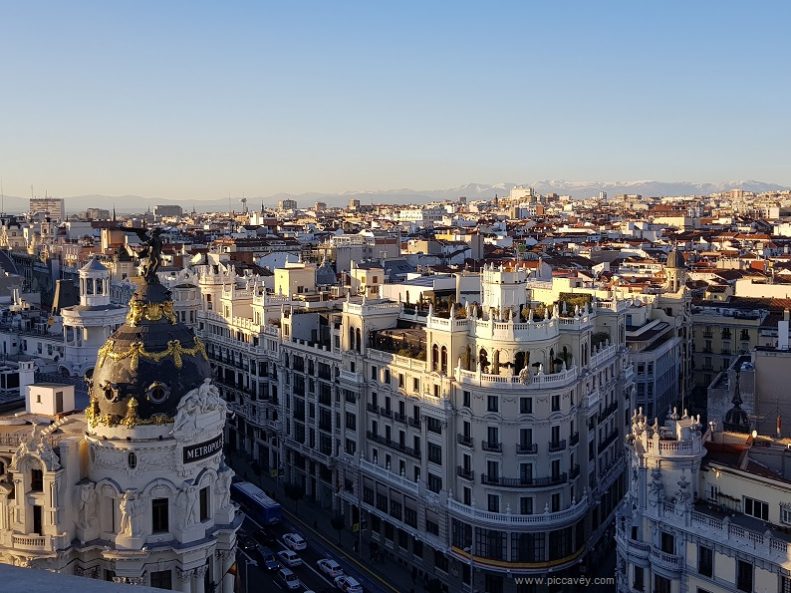
Going Out All Night
The idea of Spain as an all-night culture is perhaps overstated. While this is how it might work in Barcelona and Madrid, that’s not completely atypical of big cities in Europe.
What is different about Spain is how late people start their nights out. It’s usually not until a few hours after dinner that Spaniards and travellers head out, and once out they head to different clubs, pubs and popular bars. It’s a fun country for nightlife as the Spanish are very sociable.
